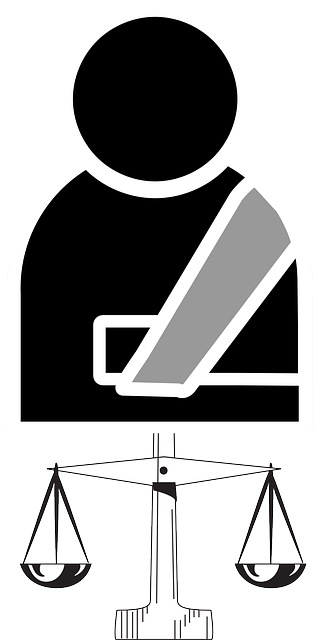Serious injury attorneys rely on meticulous evidence collection and strategic presentation to secure justice for clients in complex cases. They gather medical records, witness statements, expert opinions, and relevant data from diverse sources, organizing it into clear categories for compelling narratives. Utilizing technology for visual aids and interactive demonstrations, they make complex information accessible and impactful in court. This ensures robust evidence presentation, reinforcing arguments for favorable outcomes, including settlements or verdicts.
For serious injury attorneys, evidence is more than just facts—it’s the cornerstone of a compelling case. Understanding how to navigate and utilize evidence effectively can make the difference between a successful outcome and an unfulfilled claim. This article delves into the critical role of evidence in serious injury cases, offering insights on gathering, presenting, and strategically employing evidence to maximize courtroom advocacy for these complex legal battles.
- Understanding the Impact of Evidence in Serious Injury Cases
- Gathering and Presenting Compelling Evidence for Attorneys
- Strategies for Effective Use of Evidence in Courtroom Advocacy
Understanding the Impact of Evidence in Serious Injury Cases

For serious injury attorneys, understanding the impact of evidence is paramount to achieving justice for their clients. In this domain, every detail matters—from medical records detailing the extent of injuries to witness statements corroborating the incident. Evidence serves as the cornerstone upon which legal arguments are built, shaping the narrative and ultimately determining the outcome in court. The ability to present compelling, verifiable proof can make the difference between a successful case resolution and a dismissed claim.
In serious injury cases, evidence plays a multifaceted role. It not only establishes liability but also quantifies damages, ensuring that clients receive fair compensation for their physical, emotional, and financial losses. Moreover, in sensitive matters such as caregiver abuse or elder abuse, where trust is often shattered, thorough documentation becomes instrumental in building a strong case and holding perpetrators accountable. Effective use of evidence allows serious injury attorneys to navigate complex legal landscapes, advocate for their clients’ rights, and secure favorable outcomes.
Gathering and Presenting Compelling Evidence for Attorneys

Gathering compelling evidence is a cornerstone for serious injury attorneys aiming to secure favorable outcomes for their clients. In personal injury cases, especially involving complex scenarios like truck accidents or elder abuse, meticulous documentation becomes paramount. Attorneys must carefully collect and analyze medical records, eyewitness accounts, expert opinions, and other relevant data to build a robust case. This process involves sifting through initial reports, hospital discharges, police documents, and even social media posts that could provide crucial insights into the incident’s circumstances.
Presenting this evidence in a clear and persuasive manner is another skill set for serious injury attorneys. They must be adept at translating complex medical information into understandable terms for both the judge and jury. Effective use of visual aids, expert witnesses, and compelling narratives can significantly enhance the impact of the evidence. Moreover, understanding what constitutes admissible evidence and how to navigate legal precedents ensures that every piece of documentation is leveraged optimally, ultimately contributing to potential accident settlements or verdicts in favor of the client.
Strategies for Effective Use of Evidence in Courtroom Advocacy

For serious injury attorneys, effectively employing evidence is paramount to achieving favorable outcomes for clients. The courtroom is a battle of narratives, where compelling and relevant evidence serves as the weapons that can sway juries and judges in your favor. A strategic approach is essential; it’s not merely about presenting facts but crafting a persuasive story. Start by organizing evidence into clear categories based on its relevance to the case, such as medical records, eyewitness testimonies, and expert opinions. This structured presentation allows for seamless integration during arguments.
Additionally, serious injury attorneys should utilize technology to enhance their advocacy. Digital tools can streamline the process of showcasing complex information, making it more accessible to both the legal team and the court. In cases involving defective products or insurance disputes, where intricate details are at play, visual aids and interactive demonstrations can be game-changers. By employing these strategies, serious injury attorneys can ensure their evidence is not only robust but also effectively communicated, ultimately reinforcing their arguments in a competitive courtroom environment.
For serious injury attorneys, evidence is not merely a tool—it’s the cornerstone of successful representation. By understanding its impact, strategically gathering compelling data, and effectively utilizing it in courtroom advocacy, these legal professionals can ensure their clients receive the justice they deserve. This comprehensive approach leverages the power of evidence to navigate complex legal landscapes and achieve favorable outcomes for those who have suffered significant injuries.






